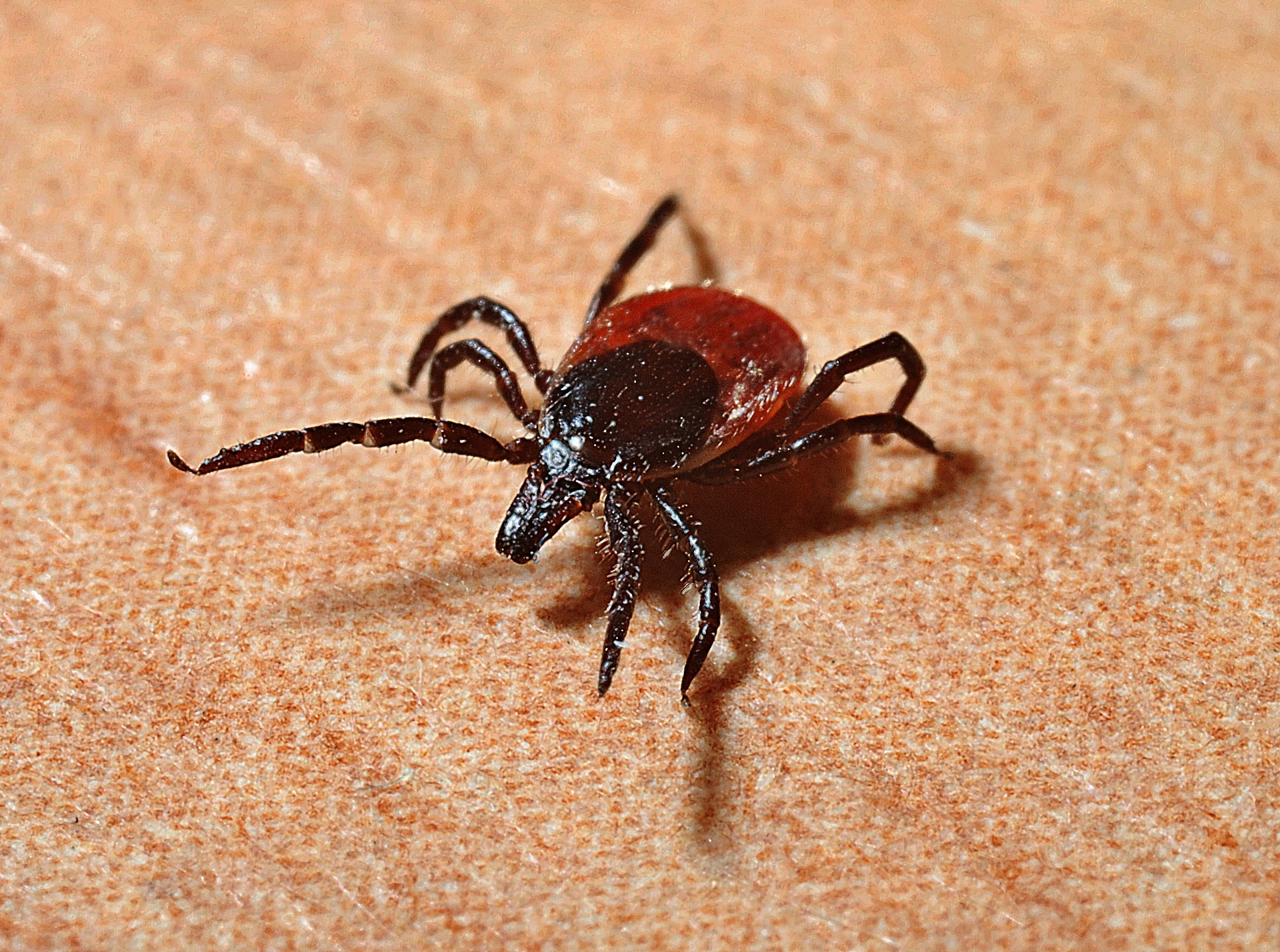One of the sure signs of warm weather is the surge of ticks! I know so many people who have already been bit and this raises a big question of what do you do? Ticks are the carrier of many diseases not only for humans but pets, too! Unfortunately, since antibodies don’t show up in our blood stream after a tick bite for 4-6 weeks after the bite initial testing is usually normal. I will also venture to say that in many cases follow up testing is also normal!
We’ve all been told these following myths:
- If a tick is on for less than 24 hours then you can’t get an infection
- You only have Lyme disease if you get a red “bull’s eye” rash
- If your Lyme test is negative you don’t have Lyme disease
- You don’t need to send the tick off for testing because we don’t have Lyme’s in Oklahoma
- You can’t have Lyme disease if you don’t recall having a tick bite
READ ON to learn how to safely remove a tick and why these 5 myths are false…
Myth 1 – amount of time a tick is adhered to your body
There are some infections that can occur in as little as 15 minutes. Poswassan virus, rocky mountain spotted fever and tick-borne relapsing fever have been known to transmit their disease in less than 30 minutes! However, if you look at the CDC guidelines they say it takes 24-48 hours and if attached less than that the likelihood of getting Lyme disease is low but admits that the other ones mentioned above can occur in a faster amount of time. Take home point, if you get sick and the tick was on you less than that you can not only have one of the other infections ticks carry but Lyme disease & co-infections should still be considered.
Myth 2 – Bull’s eye rash.
CDC states that 70-80% of infected persons will develop a bull’s eye rash anywhere from day 3 to 30 days later. The red rash starts around where the tick had attached and later will appear a lighter color in the middle creating this “bull’s eye”. This is not the same as the small red bump that occurs with the bite itself and is typical of all bites. This rash is often accompanied by fever, chills, body aches, joint pain and fatigue. I have diagnosed many, many people with Lyme or their co-infections and have yet to have one patient recall a bull’s eye rash so I really think this is less common than reported especially for co-infections.
Myth 3 – negative Lyme test.
Our ability to test for Lyme disease in my opinion is next to pitiful. Truly. Antibodies don’t appear for 4-6 weeks after the bite and often even later than that. There are over a 100 species of Lyme and their co-infections and our current testing is very limited. Even with a positive test there is controversy within the infectious disease community on what constitutes a positive test. When testing for Lyme there are certain “bands” reported. CDC has set guidelines on which bands are important and how many of them you have to have positive in order to constitute a positive test. Lyme’s specialists say these guidelines are too narrow and are missing the majority of cases. A specialty lab called Igenex specializes in only Lyme and co-infection testing and has a broader view. This is why I always recommend this test if other tests are normal. You can also do the MSIDS questionnaire which was developed by renowned Lymes’ specialist Dr. Richard Horowitz. He has been using this questionnaire for many years and finds the results very valid. You can find this checklist here.
Myth 4. Lyme’s is not in Oklahoma.
Lyme used to be only in the Northeastern part of the US but it is now found in most states. There are companies literally trying to track the different infections across the states. While the majority of infections are upper northeast or upper Midwest, there are cases being found across the US. Obviously, if you have traveled outdoors or lived outdoors in a higher incidence area and get sick you need to have a higher degree of suspicion! can give you an idea of which ticks may be active in your area. Keep in mind this is just a guideline and YES they are in Oklahoma – especially the Lone star tick (females have a white dot) which is responsible for meat allergies and the ticks for Tick Borne Relapsing Fever to name a few.
Myth 5; No tick bite – no Lyme disease.
Ticks can bite you and fall off before you even realize you’ve had a bite so this is false. In addition, they are showing some of these infections can also be transmitted by other vectors like mosquitos.
If you get a tick there are many ways to remove it. Here is a general guideline:
Use fine-tipped tweezers or a tick-removal tool.
- Grasp the tick as close to the skin as possible.
- Slowly pull upwards, taking care not to squeeze or crush the tick. Keep pulling gently in a steady upward motion. The tick will eventually back itself out because it doesn’t want to lose his head.
- Clean the bite with antiseptic or soap and water.
- Evaluate the need for antibiotics. Ilads (International Lyme and Associated Disease Society) is currently recommending a 20 day prophylactic course of Doxycycline for tick bites.
- Consider sending your tick for testing
Thoughts vary on whether or not to send a tick you pulled off for testing. There are many different testing centers available that will test your tick for big, bad uglies for a fee. If you are in a high risk area or have had the tick attached for a longer period of time you might want to go ahead and send it off. At least put it in a zip lock bag and if you start to have symptoms then send it off. There is no time limit on sending the tick in so it can be months later. This is one testing site to consider or use this link to see numerous different testing availabilities.
Preventing tick bites is always key. Using tick spray, tucking your clothes in, using a lint roller when you finish being outdoors and regular tick checks for several days after exposure to the outside can all be instrumental in preventing a bite.
If you do get a bite, don’t panic. Just be aware!
To your health,
Laura









